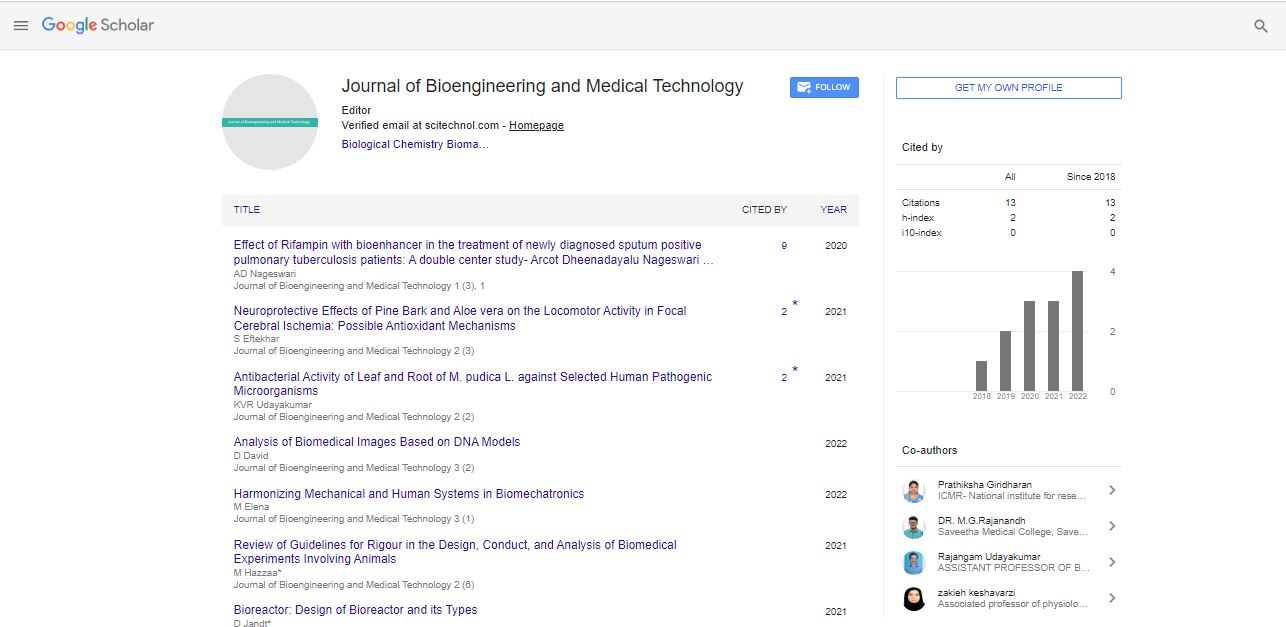Perspective, Jbmt Vol: 2 Issue: 6
A Study of Aero Acoustics in Constricted Pipes at Low Mach Numbers
Chirouze Kévin
Abstract
Computational Aero-acoustics (CAA) modeling of flowgenerated sound in low Mach number internal flow might help researchers better understand physiological phenomena including artery murmurs, phonation, and partial airway obstructions like stridor. In these applications, accurate acoustic field modeling will aid in the understanding of sound generating systems, which will aid in the diagnosis of medical disorders. However, due to their limited shape (internal flow), which causes acoustic reflections and near-field acoustic modeling, modeling the acoustics field in such applications might be difficult (i.e., when computational domain is smaller than acoustic wave lengths). The use of widely used CAA methods such as FW-H and Light hill’s analogies, which are better suited to modeling the acoustic field in far-field and free space, is prohibited due to these challenges (with no reflections). Direct approaches for modeling the acoustic field by solving compressible Navier-Stokes equations are computationally expensive due to the length scale discrepancies between the acoustic and flow domains, which necessitate a very small time step. Furthermore, additional processing work is required to keep the numerical errors in direct simulations substantially smaller than the acoustic variables, which are modest for low Mach numbers (M). These variables are thought to be in the range.
Computational Aero-acoustics (CAA) modeling of flowgenerated sound in low Mach number internal flow might help researchers better understand physiological phenomena including artery murmurs, phonation, and partial airway obstructions like stridor. In these applications, accurate acoustic field modeling will aid in the understanding of sound generating systems, which will aid in the diagnosis of medical disorders. However, due to their limited shape (internal flow), which causes acoustic reflections and near-field acoustic modeling, modeling the acoustics field in such applications might be difficult (i.e., when computational domain is smaller than acoustic wave lengths).
The use of widely used CAA methods such as FW-H and Light hill’s analogies, which are better suited to modeling the acoustic field in far-field and free space, is prohibited due to these challenges (with no reflections). Direct approaches for modeling the acoustic field by solving compressible Navier-Stokes equations are computationally expensive due to the length scale discrepancies between the acoustic and flow domains, which necessitate a very small time step. Furthermore, additional processing work is required to keep the numerical errors in direct simulations substantially smaller than the acoustic variables, which are modest for low Mach numbers (M). These variables are thought to be in the range.
 Spanish
Spanish  Chinese
Chinese  Russian
Russian  German
German  French
French  Japanese
Japanese  Portuguese
Portuguese  Hindi
Hindi 
